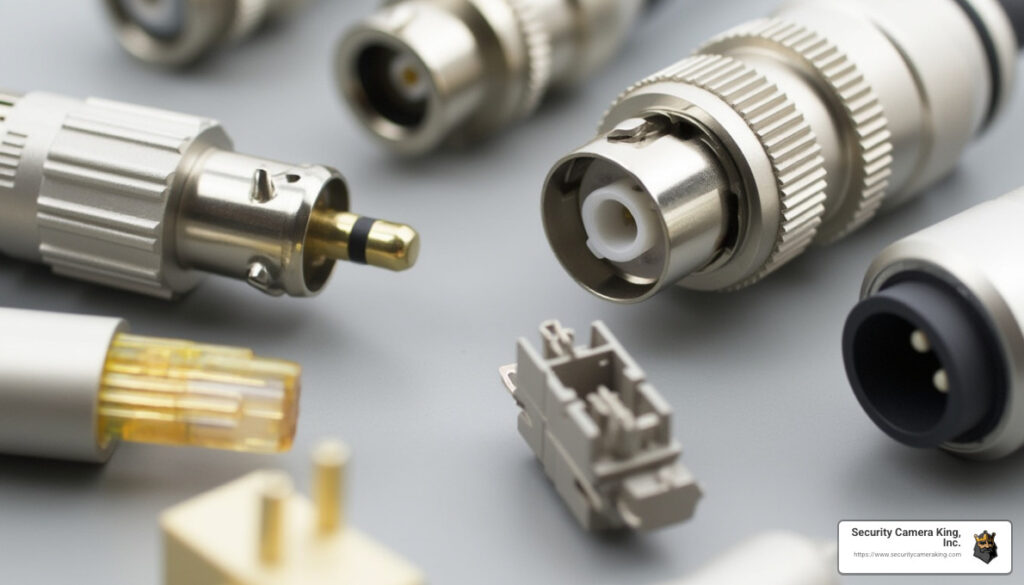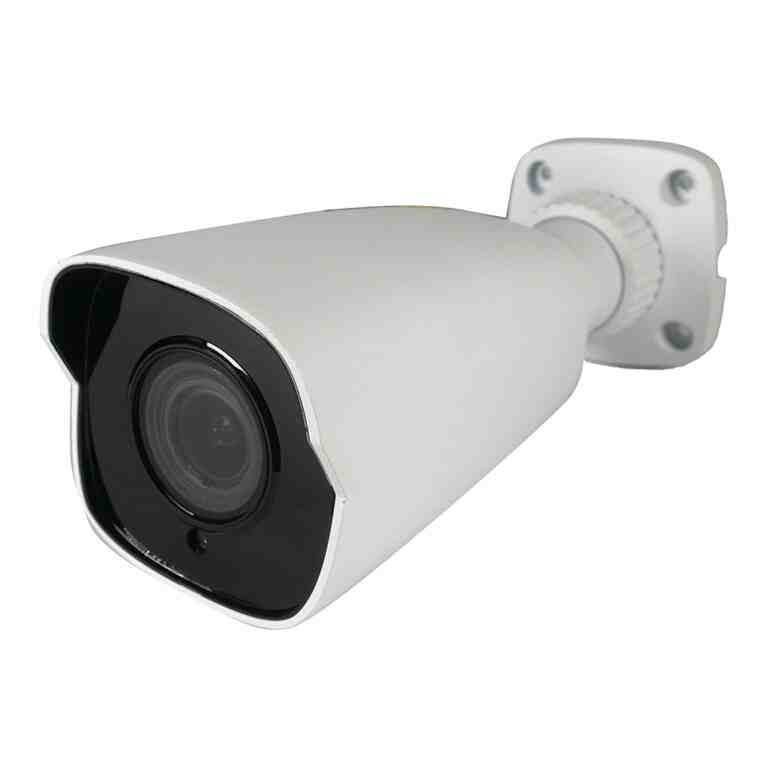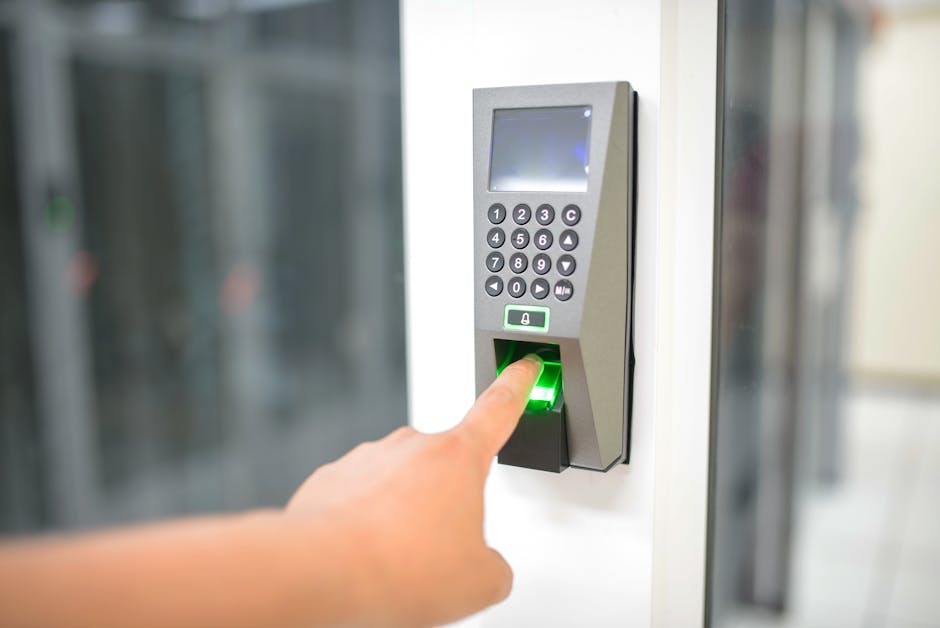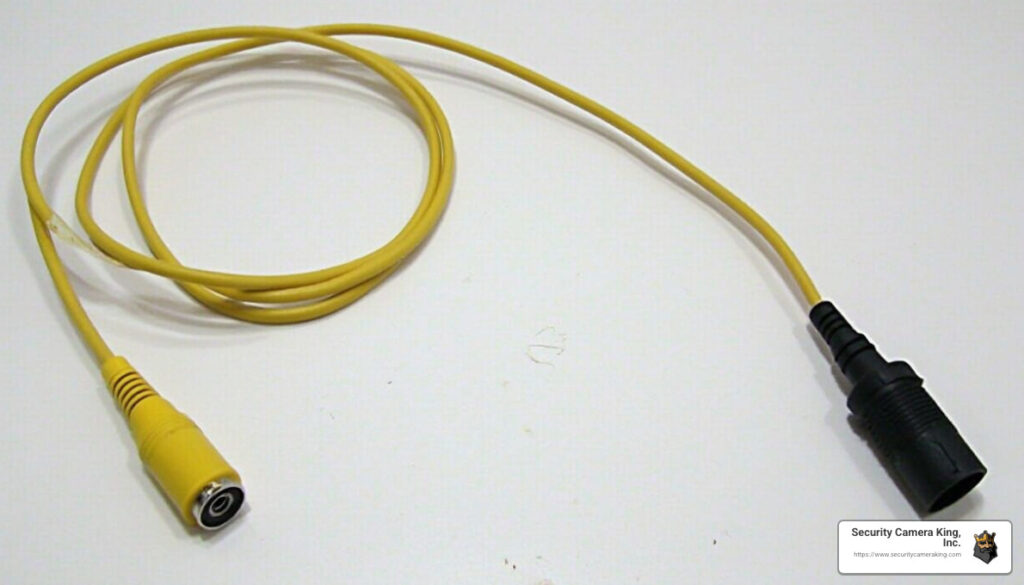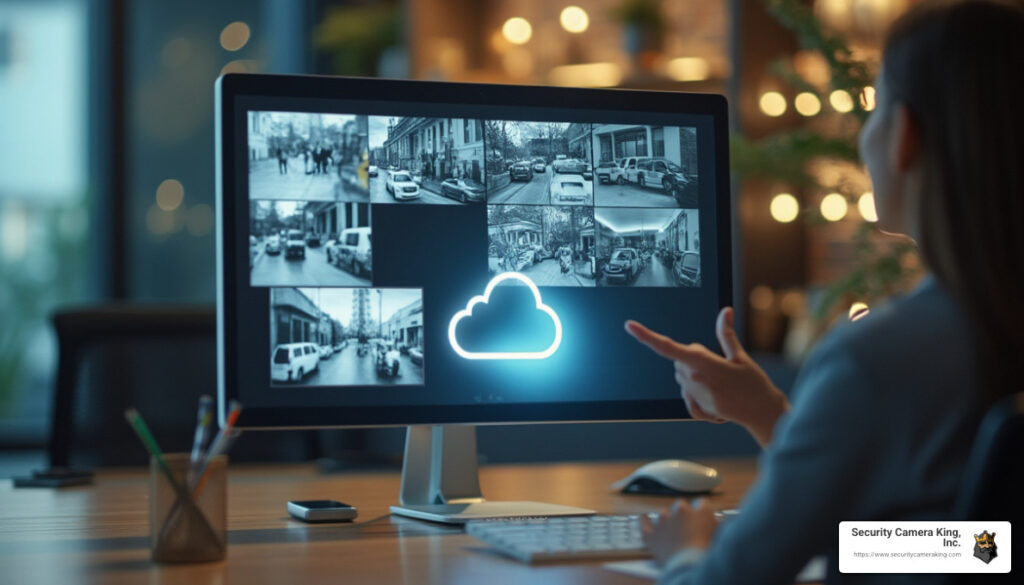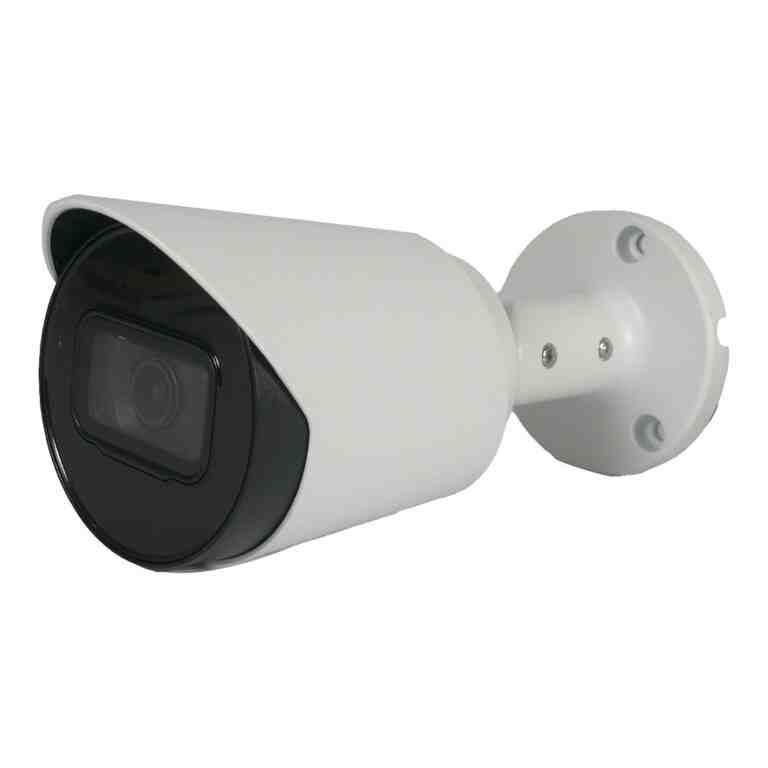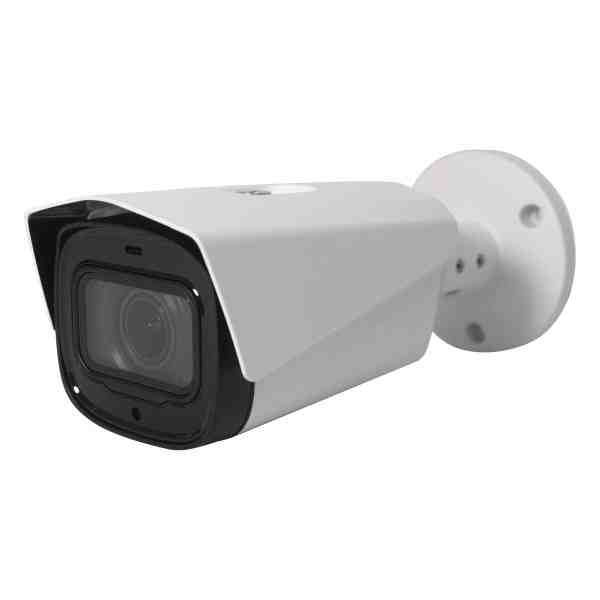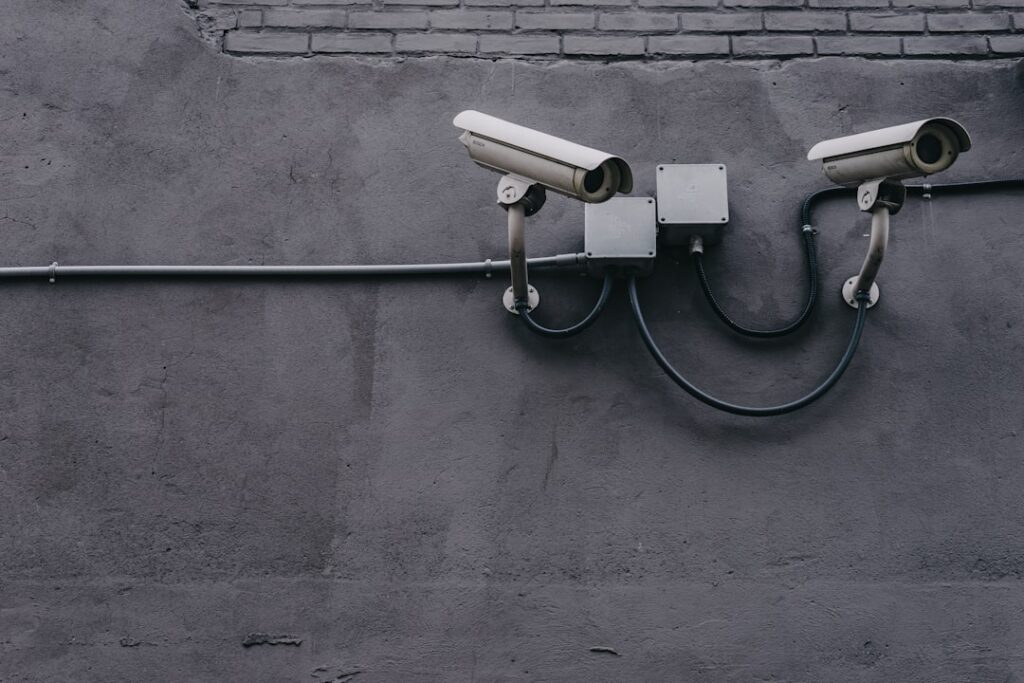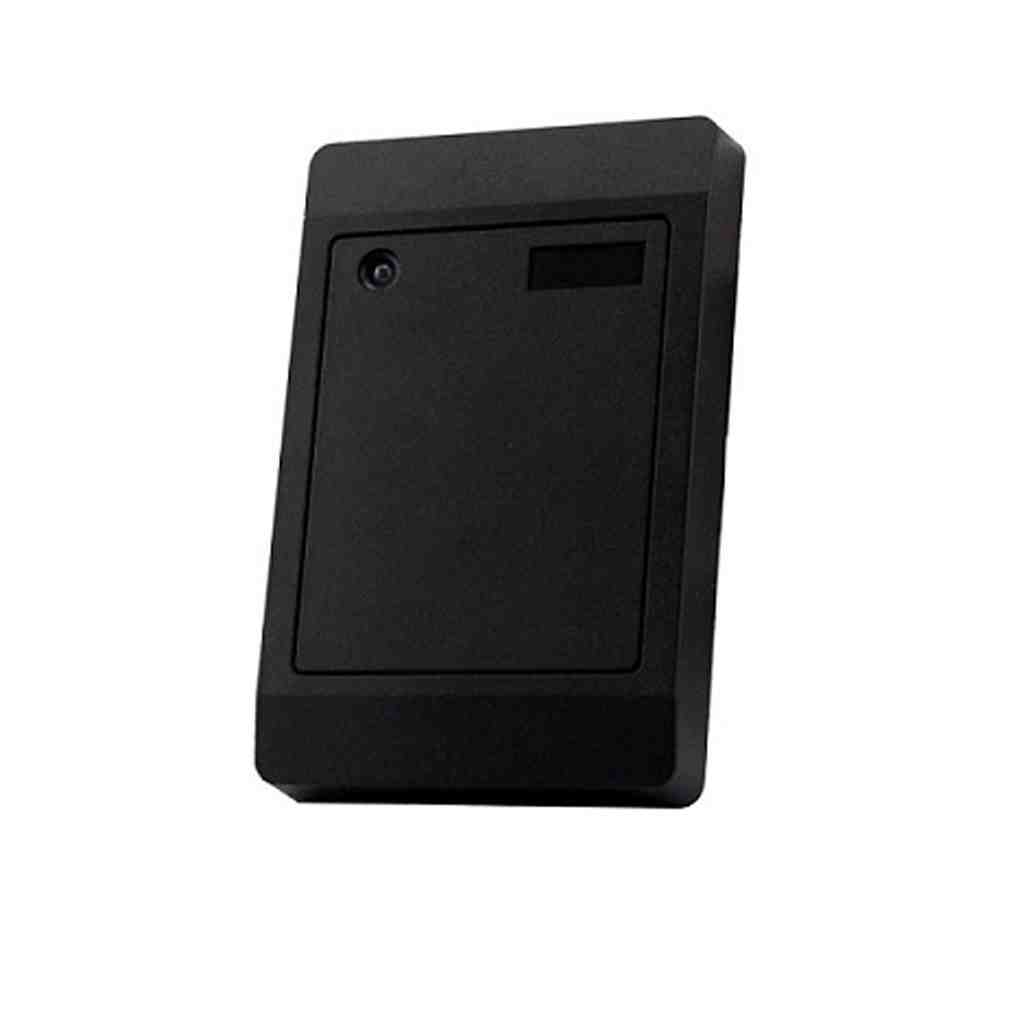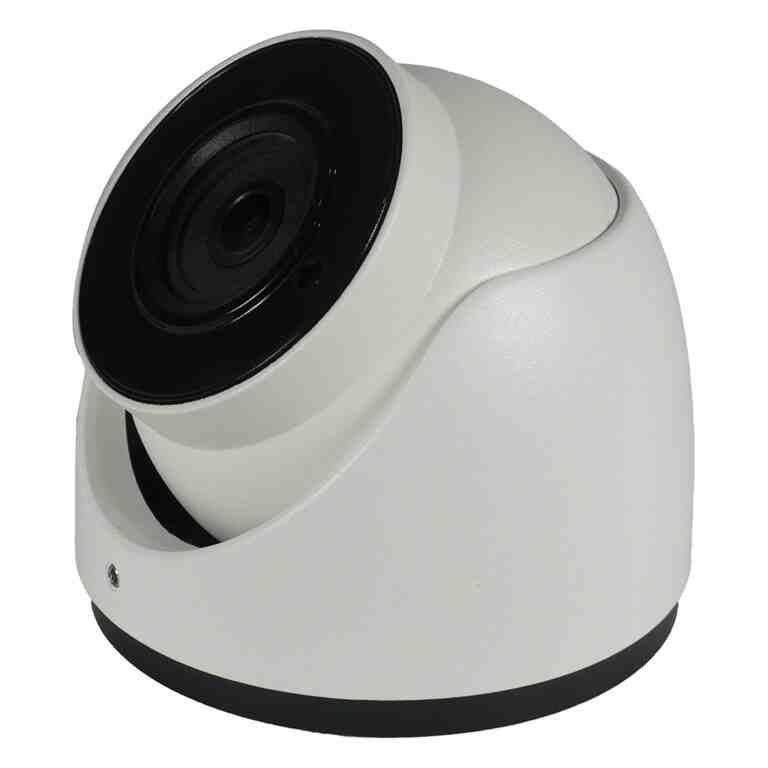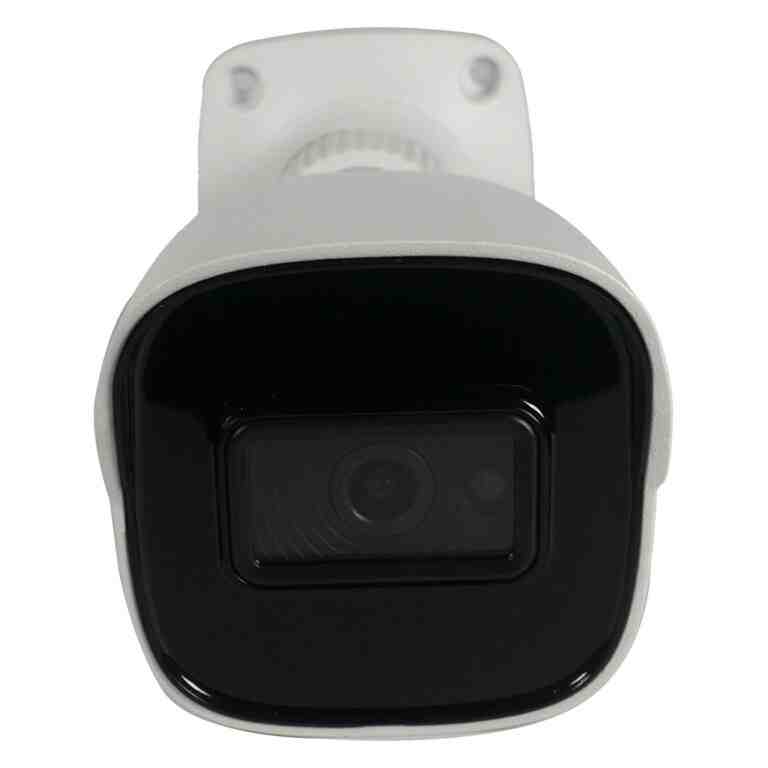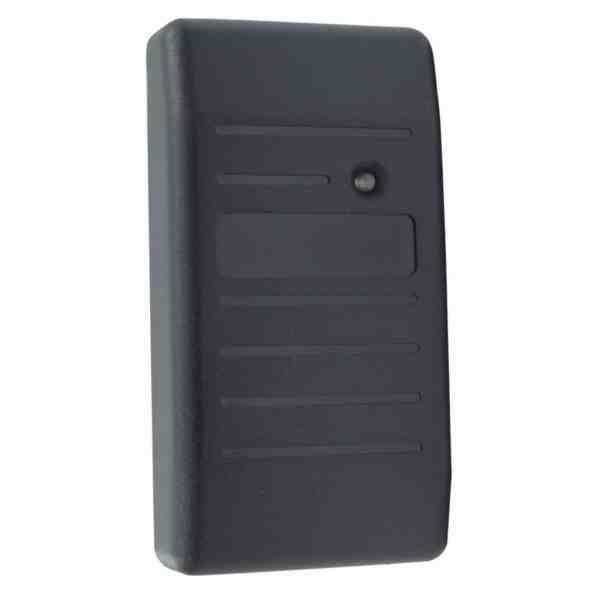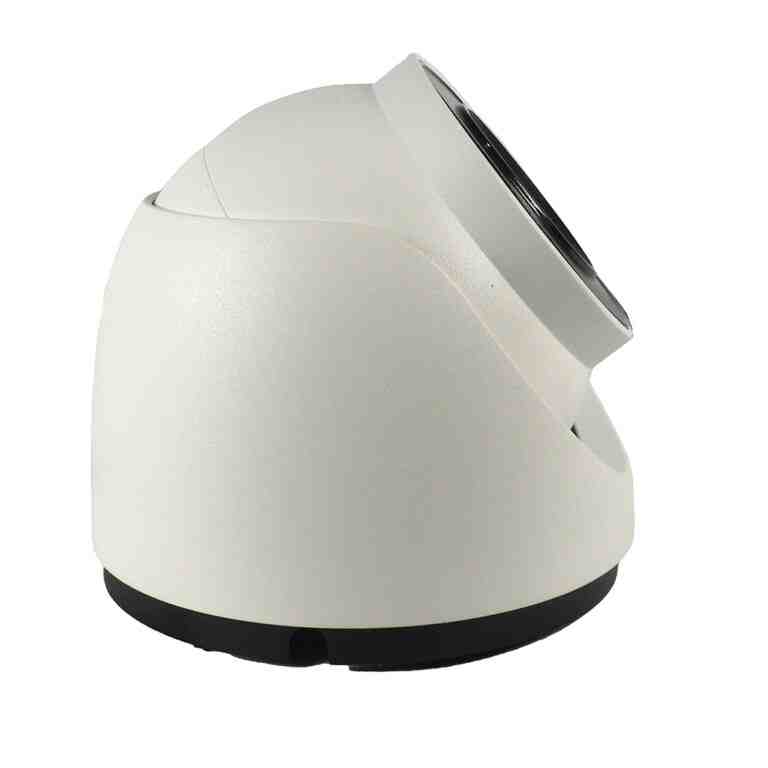
Home security installation is more important than ever, with DIY options making it accessible and affordable for everyone. Whether you’re looking to safeguard your home or business, setting up your own system can be both satisfying and efficient. Here’s a quick snapshot of what you need to know:
- DIY Advantages: No professional installation costs, fully customizable, and renter-friendly.
- Essentials: Choose reliable cameras, sensors, and smart locks for optimal security.
- Key Considerations: Focus on correct camera placement and sensor calibration for effectiveness.
Embracing a DIY approach not only cuts costs but also offers the flexibility to tailor your security to meet specific needs.
I am Brad Besner SCK, founder and president of Security Camera King, Inc. With experience in home security installation, I have dedicated my career to providing quality security solutions and exceptional customer support. Now, let’s dig deeper into understanding home security systems and their components.

Understanding Home Security Systems
When it comes to home security installation, understanding the core components and options is key to creating a safe environment. Let’s break it down into simple terms.
Components of a Home Security System
At the heart of every home security system are its components. Here’s what you’ll typically find:
-
Cameras: These are your eyes on the ground, keeping watch over different areas of your home. Choose from indoor, outdoor, and even doorbell cameras.
-
Motion Sensors: These detect movement and can trigger alarms or notifications. They’re crucial for catching any unexpected activity.
-
Smart Locks: These allow you to control entry points using your smartphone, enhancing both convenience and security.
-
Control Panel: Think of this as the brain of your system, where all devices communicate and you manage settings.
Monitoring Options
Once your system is set up, you need to decide how it will be monitored. There are two main options:
-
Professional Monitoring: A service where a team keeps an eye on your system 24/7. If an alarm is triggered, they can contact emergency services for you.

-
Self-Monitoring: You keep track of alerts and notifications through an app. This is often cheaper but requires more personal attention.
Smart Home Integration
Integrating your security system with smart home technology can improve its effectiveness and convenience:
-
Automation: Connect your system to other smart devices like lights and thermostats. For example, lights can turn on automatically if motion is detected.
-
Voice Control: Use smart assistants like Alexa or Google Assistant to arm or disarm your system with voice commands.
-
Remote Access: Manage and monitor your security system from anywhere using your smartphone or tablet.
By understanding these components and options, you can tailor your home security installation to fit your lifestyle and needs. Whether you choose a basic setup or a fully integrated smart home system, the right choices will provide peace of mind and protection for your home.
Home Security Installation: Step-by-Step Guide
Setting up a home security system yourself might seem daunting, but with a clear plan, it can be straightforward and rewarding. Let’s walk through the process step-by-step.
DIY Setup
1. Plan Your System
Begin by mapping out your home. Identify key entry points like doors and windows, and decide where you need coverage. Consider placing cameras at front and back entrances, and motion sensors in high-traffic areas.
2. Gather Your Equipment
You’ll need the right tools and equipment for a successful installation. Here’s a quick checklist:
– Security Cameras: Indoor and outdoor options.
– Motion Sensors: To detect movement.
– Smart Locks: For improved entry control.
– Basic Tools: Screwdrivers, a power drill, and a ladder for high placements.
Equipment Placement
1. Camera Placement
Proper camera placement is crucial. Here are some tips:
– Height: Install cameras 8 to 10 feet high to prevent tampering and cover a wider area.
– Angle: Tilt cameras slightly downward for optimal motion detection.
– Coverage: Ensure cameras cover all entrances and any blind spots.
2. Motion Sensor Placement
Place motion sensors in areas where movement is likely to be detected, such as hallways or near windows. They should be positioned at a height that maximizes their range and accuracy, typically around 6 to 8 feet.
Motion Sensors
1. Calibration
Once installed, calibrate your motion sensors. Adjust sensitivity settings to ensure they respond appropriately to movement without frequent false alarms. Test the sensors by walking through their coverage area.
2. Integration with System
Connect your motion sensors to the control panel. This allows them to trigger alarms or notifications when motion is detected. Make sure they are visible in your system’s app for easy monitoring.
By following these steps, you can effectively set up your home security system. This DIY approach not only saves money but also provides the flexibility to tailor the system to your specific needs. That proper placement and calibration are key to maximizing the effectiveness of your security equipment.
Up next, we’ll dig into the essential tools and equipment needed for a successful DIY installation.
Essential Tools and Equipment for DIY Installation
When tackling a home security installation, having the right tools and equipment is crucial. Let’s explore some of the essentials you’ll need, starting with security cameras, motion detectors, and smart locks.
Security Cameras
Security cameras are the backbone of any home security system. They provide real-time monitoring and capture footage that can be crucial in deterring or documenting crimes.
- Types: Choose between indoor and outdoor cameras based on your needs. Outdoor cameras should be weather-resistant, while indoor ones can focus on key areas like entryways or living rooms.
- Features: Look for cameras with high resolution (1080p or higher), night vision, and motion detection capabilities. Some advanced models also offer AI human detection to reduce false alarms.

Motion Detectors
Motion detectors are essential for detecting unauthorized movement and triggering alerts. They are especially useful in areas less frequently occupied, like basements or garages.
- Placement: Place them in high-traffic areas or near potential entry points. Ensure they are at a height of around 6 to 8 feet for optimal range.
- Calibration: Adjust sensitivity settings to minimize false alarms. This is crucial for maintaining peace of mind without constant interruptions.
Smart Locks
Smart locks offer improved control over who enters your home. They integrate with your security system to provide seamless access management.
- Convenience: These locks can be controlled remotely via smartphone apps, allowing you to lock or open up doors from anywhere.
- Compatibility: Ensure your smart locks are compatible with your existing security system for smooth integration.
Basic Tools
Before you start your DIY installation, gather some basic tools:
- Screwdrivers and Power Drill: Essential for mounting cameras and sensors.
- Ladder: Necessary for reaching high places, ensuring your equipment is out of reach from tampering.
- Fish Tape: Useful for guiding wires through walls, particularly in wired setups.
By using the right tools and equipment, you can set up a robust home security system custom to your needs. Up next, we’ll share tips for effective home security installation, ensuring your system operates at its best.
Tips for Effective Home Security Installation
Once you’ve gathered all your tools and equipment, it’s time to focus on making your home security installation as effective as possible. Here are some practical tips to ensure your system offers the best protection.
Optimal Camera Placement
Camera placement is crucial for capturing clear and useful footage.
- Guard Every Entrance: Place cameras at all ground-level entry points, such as doors and windows. According to security experts, this helps capture any unauthorized access attempts.
- Height and Angle: Mount cameras at a height of 8 to 10 feet and tilt them slightly downward. This positioning improves motion detection and minimizes blind spots.
- Avoid Obstructions: Ensure there are no obstacles blocking the camera’s view. Keep branches, furniture, or decorations out of the way.
Sensor Calibration
Proper calibration of motion sensors is key to reducing false alarms and ensuring reliable performance.
- Sensitivity Settings: Adjust the sensitivity settings to suit the environment. A basement might require different settings compared to a living room.
- Test and Adjust: After installation, test the sensors by walking through the monitored area. Make necessary adjustments to ensure they trigger appropriately.
App Integration
Integrating your security system with a smartphone app can greatly improve its functionality.
- Real-Time Notifications: Set up the app to send alerts whenever motion is detected or a camera is triggered. This allows you to respond quickly to potential threats.
- Remote Access: Use the app to view live camera feeds and control smart locks from anywhere. This feature is especially useful if you’re frequently away from home.
- System Updates: Regularly update the app and system firmware to access new features and security improvements.
By following these tips, you can ensure that your home security system is well-optimized and ready to protect your home effectively. Next, we’ll address some frequently asked questions about home security installation to help you further understand the process.
Frequently Asked Questions about Home Security Installation
How much does it cost to install a security system?
The cost of installing a home security system can vary widely depending on whether you choose a DIY approach or professional installation. DIY systems are often more budget-friendly, with prices ranging from $150 to $1,000. These systems allow you to pick and install components yourself, saving on labor costs.
On the other hand, professionally installed systems can be more expensive due to installation fees, which might range from $100 to $150 per hour. However, some companies offer deals, especially during promotions like Black Friday, where you might get free installation.
Can I install my own home security system?
Absolutely! Installing your own home security system comes with several benefits:
- Cost Savings: DIY systems eliminate installation fees, making them more affordable.
- Flexibility: You can choose components based on your specific needs and expand the system over time.
- Renter-Friendly Options: Many DIY systems use adhesive mounts, which are perfect for renters who can’t drill into walls.
DIY installation can be straightforward with the right tools and guidance. Many systems are designed to be user-friendly, with step-by-step instructions and app-based setups.
What are the best practices for security camera placement?
Proper camera placement is key to maximizing the effectiveness of your home security system. Here are some best practices:
- Height and Angle: Mount cameras 8 to 10 feet high and angle them downward at 15 to 30 degrees. This positioning improves motion detection and reduces blind spots.
- Motion Detection: Place cameras where they can effectively monitor high-traffic areas. Keep them within 5 to 20 feet of the area you want to monitor for optimal performance.
- Avoid Obstructions: Ensure nothing blocks the camera’s view. Clear away any branches or objects that might interfere with the camera’s line of sight.
By following these guidelines, you can ensure your security cameras provide clear and reliable coverage of your property.
Conclusion
At Security Camera King, Inc., we are dedicated to providing reliable home security solutions that cater to both homeowners and businesses. Our wide range of products, from security cameras to access control systems, are designed with the user in mind, ensuring ease of installation and high performance.
Why Choose Security Camera King?
Our products are built to last, offering exceptional video quality and durability. We understand the importance of having a dependable security system, which is why we focus on delivering value through our comprehensive range of services and support.
Customer Service You Can Count On
We pride ourselves on offering industry-leading technical support. Our team is committed to guiding you through every step of the process, from selecting the right equipment to installation and maintenance. Whether you’re opting for a DIY approach or need professional assistance, we’re here to help make your home security installation as smooth and effective as possible.
For more information about our products and services, visit our security camera equipment page. Explore our offerings and find how we can help secure your home or business with confidence!
Security Camera King, Inc. is your trusted partner in home security, providing reliable products and exceptional customer service. Choose us for peace of mind and comprehensive protection.

